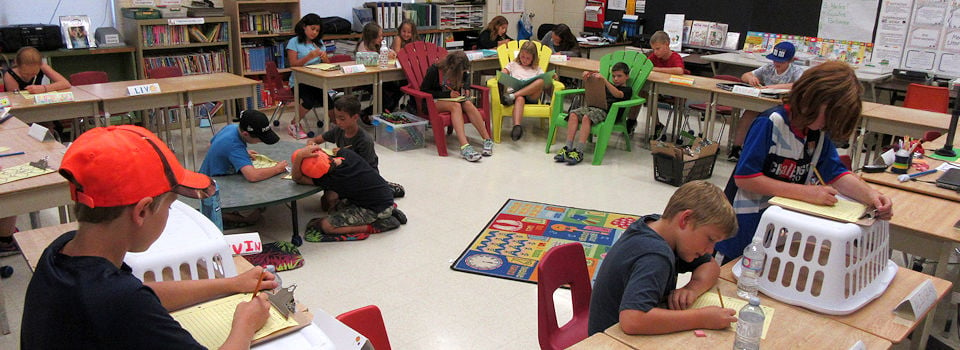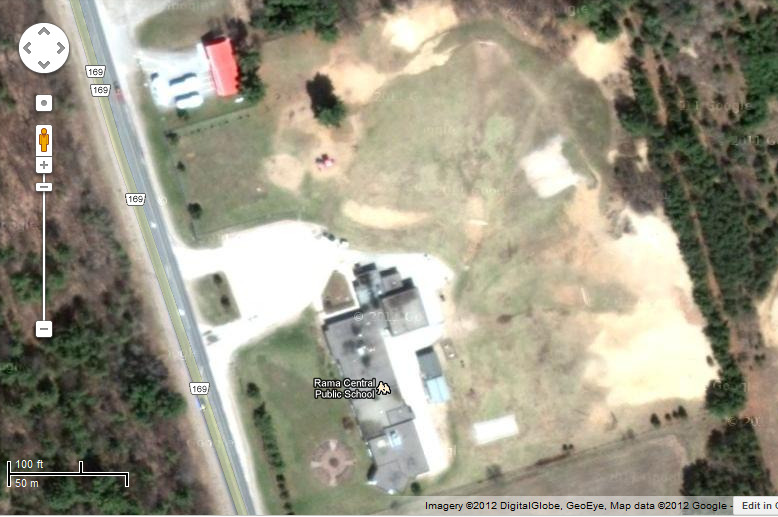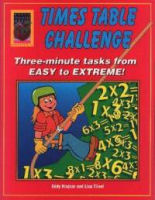Mrs. Black has offered to help a local wildlife rehabilitation center and sanctuary, by developing some school resources for them. The activities in the school resource packages would fulfill curriculum expectations and character education objectives, while engaging students in supporting the work of the centre through fund-raising, collection of goods, animal sponsorship, writing, media literacy, math and the arts.
Mrs. Black created a two-page resource, based on a "Help me stay wild" info-graphic about Black Bears produced by the rehabilitation centre. Click on the image or link below to see her sample resource:
 http://www.blackdeer.ca/AVWS-TeacherResourceSample.pdf
http://www.blackdeer.ca/AVWS-TeacherResourceSample.pdf
Last week, Mrs. Black showed the class the sample resource. Students really liked the idea and asked if they could help with the development of resources for other species, as a media literacy project. They also asked if they could try out the narrative writing prompt in the sample resource about Black Bears.
The Grade 5 students completed the narrative writing task this week, while their Grade 6 counterparts were writing the EQAO test. Students thoroughly enjoyed learning about the habits and food preferences of Black Bears, and then writing a story about a visit to a dump, from a bear's perspective. In the process, they learned about what their families and neighbours might be doing to inadvertently attract bears to their neighbourhood.
Friday morning, we had a media literacy session in which students:
- watched a video about the work of the rehabilitation centre: http://environmentfilms.org/EF/ASPEN_VALLEY.html
- reviewed the sample resource
- listened to three of the "bear narratives" written by the Grade 5 students, and identified the lesson or moral in each story
- discussed what other forms of writing can be used as a teaching tool
- broke into small groups and rotated through six stations, brainstorming fund raising ideas and curriculum-based project ideas, for five other animal species for which the rehab. centre has produced "Help me stay wild" info-graphics
Here is how today's media literacy session looked:
NOTE: We have sent the wildlife centre links to the sample resource and this blog post. We are now (May 31st) waiting to see if the centre would like us to further develop our ideas for their website. July 31st: Mrs. Black went to Aspen Valley Wildlife Sanctuary for a meeting with the General Manager and the retired teacher who conducts school visits at the sanctuary. They loved the work the class did and asked Mrs. Black to go ahead and develop four more project sheets, using the ideas the class provided. 🙂 September 14th: The Board of Directors at Aspen Valley Wildlife Sanctuary viewed and approved first drafts of five educational resources. Next step: They will go through final edits and field testing, and then be uploaded to the Aspen Valley website.
Thank you for visiting our class BLOG. If you have any questions or comments, feel free e-mail me (Margaret Black): mblack@mail1.scdsb.on.ca or to add a comment to this page.


























 A large component of our biodiversity study is field work. In our outdoor sessions, we are studying the biodiversity that exists in four different biomes within our schoolyard. We are then researching how the organisms that live in our schoolyard and local area interact with and depend upon each other for survival.
A large component of our biodiversity study is field work. In our outdoor sessions, we are studying the biodiversity that exists in four different biomes within our schoolyard. We are then researching how the organisms that live in our schoolyard and local area interact with and depend upon each other for survival. in our class who conform to the rules about proper use of equipment and respect for living things are welcome to use our nets and bug keepers at recess. Students are also invited to bring specimens from home or the yard into class for further study. These "classroom guests" must be housed in secure, humane enclosures and (in most cases) be released where they were found the same day they were captured.
in our class who conform to the rules about proper use of equipment and respect for living things are welcome to use our nets and bug keepers at recess. Students are also invited to bring specimens from home or the yard into class for further study. These "classroom guests" must be housed in secure, humane enclosures and (in most cases) be released where they were found the same day they were captured.





























